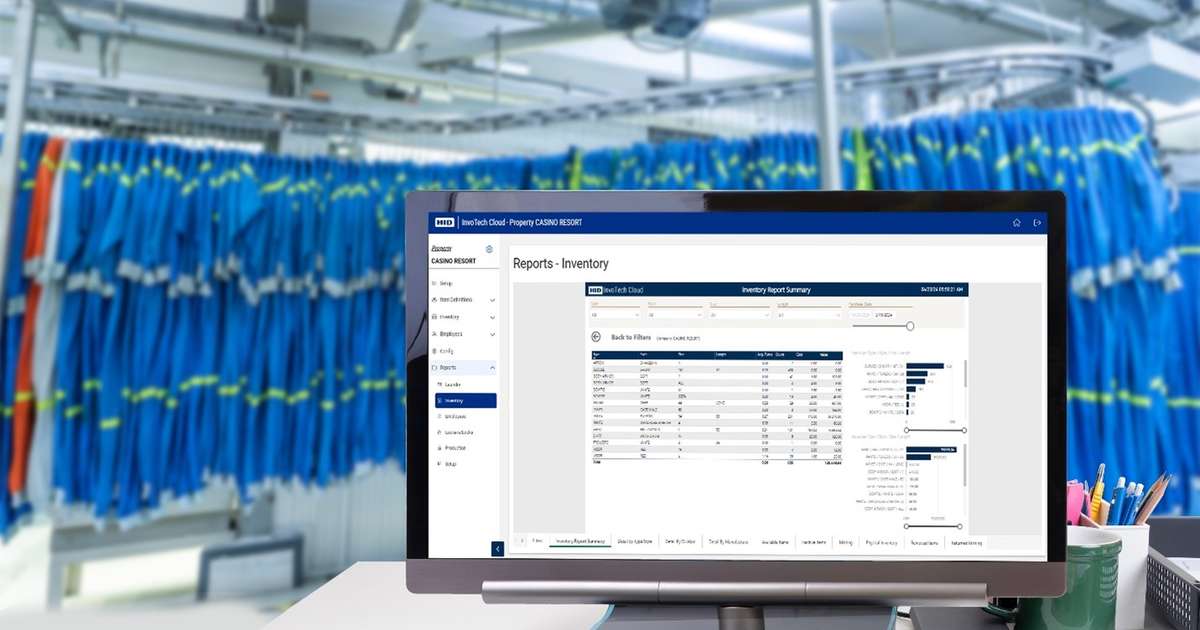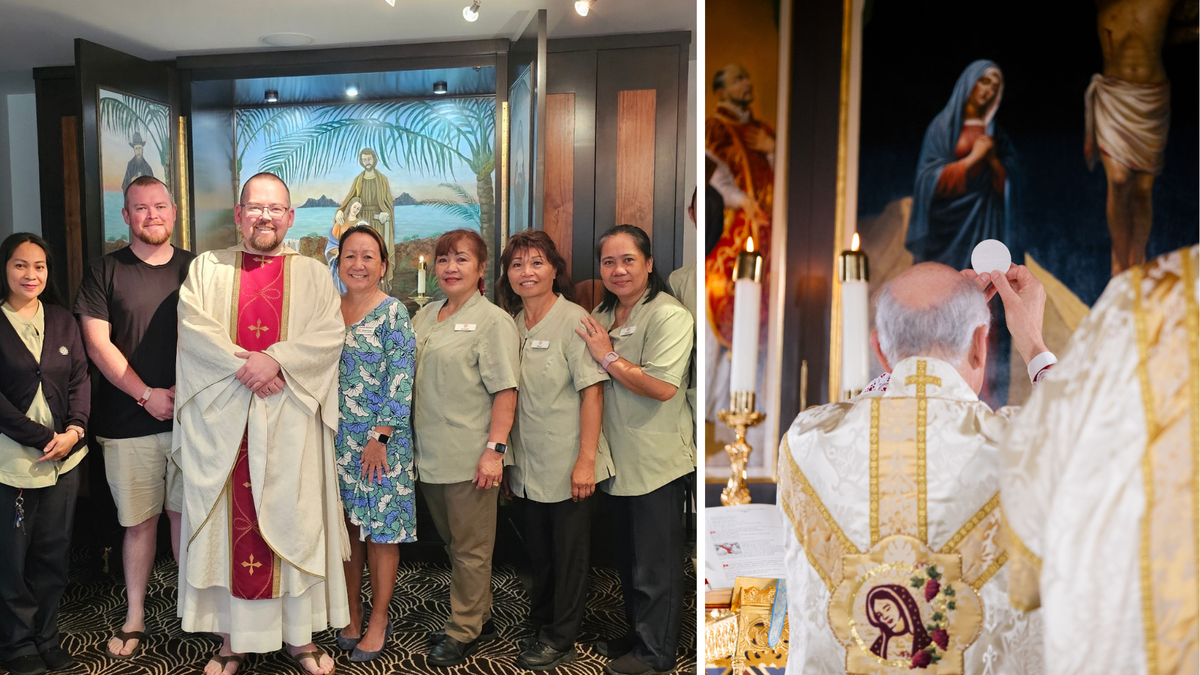
Incorporating wellness initiatives into a brand that has no prior focus on the field of wellness may be viewed as a fruitless exercise. What benefit does wellness in hospitality achieve and who is searching for wellness?
Wellness activity can be used as an effective differentiation strategy that gives a brand an appealing competitive edge, providing opportunity and guest interactions, bringing the property closer to their guest by showing a greater comprehension of their health and lifestyles choices.
Hospitality can choose to support a guest’s lifestyle. Should a property disrupt habitual behaviours such as exercise, sleep or nutrition then a negative opinion is formed of the stay, whereas, aligning the brand with the guest’s behaviour creates recognition of the brands efforts within this field, strengthening brand loyalty.
Much of a guest’s wellness lifestyle practice will occur away from what had previously been categorized as wellness within hospitality. Personal wellness practices have developed including movement, meditation and mindfulness, nutrition, rest and recovery protocols backed by tracking of significant volumes of personal health data. The traditional hotel gym or spa amenities are no longer a prerequisite for the provision of wellness support to guest’s health style.
High capital expenditure or disruptive change to a property is not required to provide a heightened, quality wellness experience to a guest. Low-cost wellness, entry level experiences neither require additional staffing cost with the opportunity for information to be shared with the guest, and activities being digitally led. Examples include the Marriott Bonvoy Fitness On Demand access offers branded on demand exercise classes that can be broadcast in-room, the Technogym Wellness Case containing all the elements required for an in-room class plus QR code which enables the guest to tap into a range of wellness classes using their own digital device.
A strategy of gradually introducing and Beta-testing the success of the selected smaller wellness “touch points” such as Yoga mats, awaken or wind-down in-room rituals or healthy options on the late arrival room service menu may be adopted. Wellness creates opportunity for better community integration, The Londoner in Leicester Square collaborates with a community run club sponsored by the Swiss ON running brand providing a meeting place for local runners and guests to commune, raising the profile of the hotel and the experience of running visitors. What better way to see London’s Royal Parks or sites than on a run with locals?
Arguably having one memorable or unique wellness experience for the property, examples include a sauna on the beach, a downloadable pdf. of local running/walking routes, or sunrise Yoga on a roof top terrace, can have the same level of wellness impact that more expansive amenities may create.
Why take steps towards wellness? Other than bringing the brand and the client into greater alignment through steps towards a more health-conscious brand, wellness is also an excellent revenue generator, with further wellness services and amenities offered as additional options or packaged for room revenue management and increased yield.
Wellness is an excellent marketing tool, guests want to share their healthy lifestyles, and wellness provides a positive link of the property via PR and social media.
Leveraging the wellness opportunities that local natural resources provide such as parks, beaches or features such as tidal swimming pools or running trails is key as is becoming a part of the property’s wider local wellness community, the brand will be viewed in a positive manner as a promoter of health & wellness.
What Steps to Towards Wellness?
1. Community and Social Wellness Activities
Local wellness excursions encourage community engagement, such as morning power walks in parks or visits to local gyms, studios or wellness therapists. Hosting regular wellness retreats or themed weeks focused on topics like self-care, solo travel, stress management, or fitness, helps to support and build a community of loyal, health-conscious guests.
Pop-up wellness amenities or initiatives can be created in conference or meeting room spaces, grounds or local parks. If the property is unable to offer wellness amenities or services such as massage therapy, personal training or Yoga studios then local providers can offer accessibility and preferential rates for guests via a digital wellness guide or concierge, commissions can be charged for bookings made through the property or traded for staff incentives.
2. Nutrition
A wellness orientation achieved through food & beverage offerings; the growth of nutrition tracking apps such as Noom (1.5m subscribers over 50m downloads) and Zoe (3m downloads in the UK) is indicative evidence that guests are looking not only for healthier nutrition but also information on the food available including macro nutrients and calorific values which will help them better track their nutrition. Dietary requirements are no longer “special” and the needs of vegan, low-carb, gluten free and guests with allergies must be fully integrated into the standard menu.
Guests with dietary needs must not be made to feel as if they are different or causing a challenge for the kitchen. Demand for low and no alcohol beverages ranges are increasing with guests wishing to moderate their consumption, and with younger guests wishing to enjoy and spend time relaxing and socialising in lounge and bar environments, whilst enjoying an alternative to strong alcohol.
3. Public Spaces
Wellness in public areas is promoted through design using warm and dimmable lighting in areas to aid relaxation and is a welcome contrast to harsh lighting in meeting or conference rooms. The selection of furniture with comfortable communal spaces with plush seating, soft cushions, and an informal setup where guests can socialise and unwind. Additional elements such as subtle aromas and calming background music can also help foster a soothing environment. A digital detox area or quiet zone away from calls, music and loud noise is also a consideration.
4. Mini Wellness Events or Workshops
Regular and well broadcast sessions such as breathwork or meditations workshops led by a local wellness professional, even just 5–10 minutes can make a positive impact on guest’s mental health. Mental wellness initiatives encourage positive mental health with initiatives such as gratitude walls, where guests can leave notes of things they’re grateful for and the incorporation of physical and mental wellness practices into conference and events via physical movement breaks are experience enhancing practices.
5. Supportive Staff Training
Training staff on wellness awareness, empathy, and effective communication to foster a more inclusive, mindful atmosphere. When staff are tuned in to these values, it can create a welcoming and wellness-promoting environment for guests. Creating the role of wellness promoters within the team who have experience of the in-house and local community wellness scene is a great opportunity to broadcast your commitment to wellness initiatives. By subtly integrating wellness offerings, you can provide guests with options to support their health and happiness while still enjoying a fun and relaxed experience in a traditional hospitality setting.
6. Wellness-Centric In-Room Amenities
Upgrading the guest’s sleep experience is a wellness enhancement which is key to the very core of hospitality. Invest in blackout curtains, soundproofing, and high-quality mattresses and pillows or reducing in-room light pollution from lights on devices are first steps. Further in-room enhancements include the provision of sleep kits with eye masks, earplugs, pillow sprays and gratitude exercises to promote restful sleep and a get up and go soundtrack, energy drinks and positive affirmations for awakening!
In-room exercise can be a paid upgrade with equipment ranging from small items such as yoga mats, resistance bands, or foam rollers, along with a QR code or link to guided workout videos to larger pieces and areas for kit such as Peloton cycles or treadmills, wall bars or bench cubes with built-in dumbbells. Chocolate and cola in the mini bar are being replaced by unique wellness products including supplements, hydration products, magnesium sprays and massage oils.
7. Guest-Focused Wellness Communication
Wellness-centred guest communication include wellness tips and information about available wellness amenities in welcome emails, website or guest information packets to encourage guests to take advantage of these offerings. A wellness-focused welcome kit that includes things like a wellness guide, a herbal tea, and a discount to a nearby wellness service or partner business will appeal to a growing number of guests who are actively engaged in or trying to kick-start their healthy lifestyle. Integrating these wellness features into non-wellness hotels can give guests a more rejuvenating experience, promoting relaxation, health, and happiness without altering the hotel’s core identity.
8. Digital Wellness
Virtual wellness programs offering access to workouts, meditation, or wellness classes that guests can access during and after their stay, helping to build loyalty through continued engagement. Wellness content creation through brand social media and blog posts can highlight the brands progression and understanding of guest’s health styles; sharing tips, tutorials, or wellness advice. By positioning wellness as a central part of your guest experience, you can create a memorable, positive impact that makes guests feel valued and supported, fostering long-term loyalty.
9. Feedback and Engagement
By rewarding guests who frequently book wellness-related services or activities, offering exclusive discounts, early access to wellness events, or personal consultations. Engaging with wellness users via surveys or one-on-one feedback sessions to refine wellness offerings and shows that the brand is committed to providing an evolving and guest-focused experience.
To summarize incorporating small steps towards wellness can be categorized as in-room wellness, food & beverage, digital provision, local wellness community & resources, physical wellness spaces. Wellness lifestyles are expanding, with self-care and self-improvement being key for many travellers, daily wellness practices covering nutrition, sleep, movement and mental health are all elements heavily influenced by hospitality. Brands can show a higher understanding of their guests and align the brand accordingly by assisting the perpetuation of guests’ wellness routines or lifestyle.
Small wellness implementations can be incorporated and communicated in a scheduled roll-out, Beta testing can help monitor use and feedback, ensuring you select an optimal blend of wellness for the properties guest profile. Hospitality should not ignore the value both in revenue and brand loyalty to be attain through making steps towards wellness.
A lack of space, cost and manning budget may be circumnavigated, the traditional spa & fitness model for wellness is not the only route to incorporating wellness and guests may appreciate small wellness touches rather than more costly gestures.
Our own research published in the interim Wellness Real Estate Report, indicates that in 2024 the impact of wellness at a property performance level shows departmental profit in larger scale major wellness properties is lower than those achieved in minor wellness properties, with manning and other operational costs impacting profitability.
The subtle introduction of wellness touch points into non-wellness properties and a better understanding of guests’ wellness lifestyles need not be a cost driven exercise with major benefits to both the guest and operator.
Reprinted from the Hotel Business Review with permission from www.HotelExecutive.com.
View source


